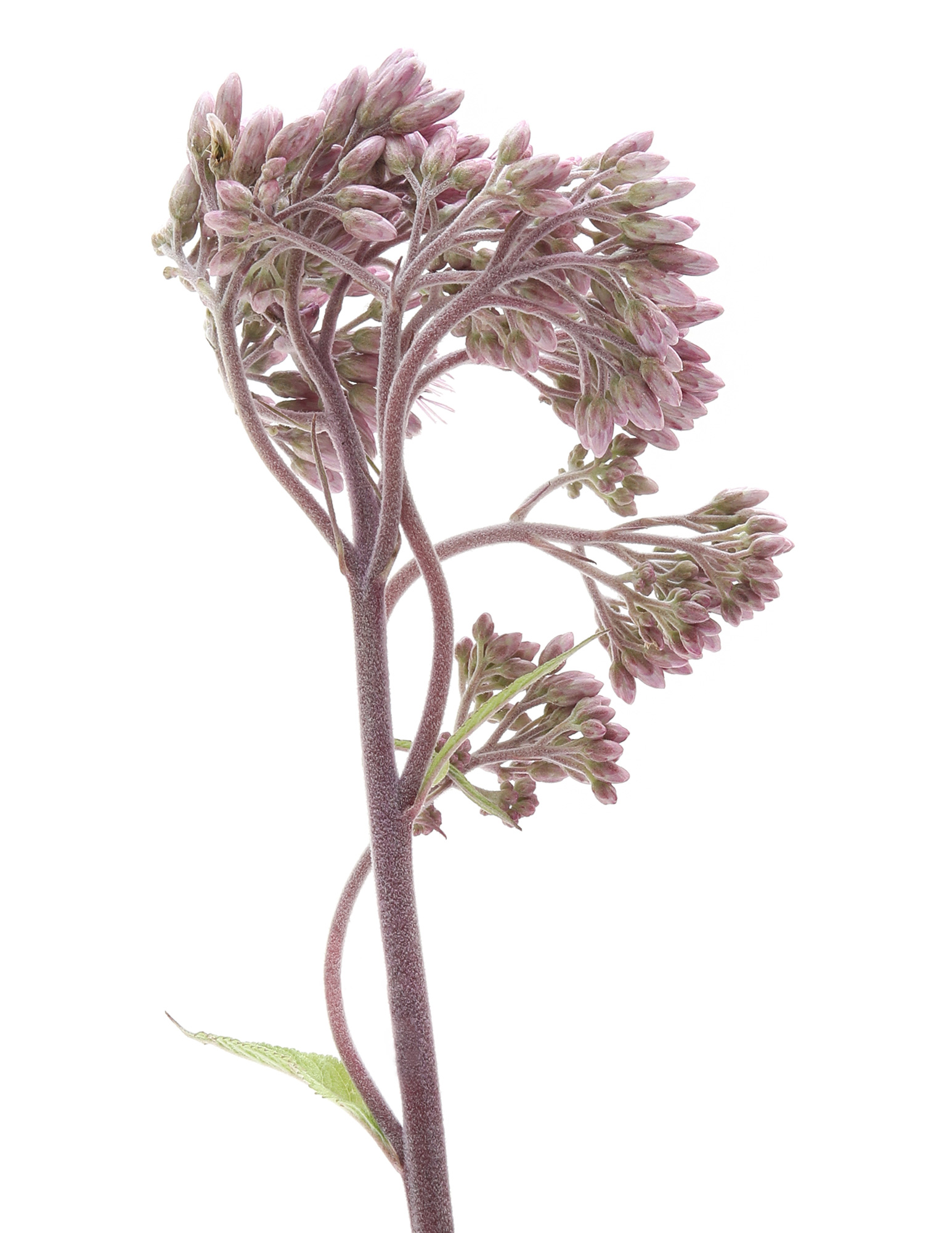
let’s take a closer look
yesterday’s photo of joe-pye weed didn’t do it justice, in my opinion. so i tried again today. that’s the beauty of a daily practice. no day is too precious. tomorrow is a new day. i get to try it again, and again, until i am satisfied. until i feel i have highlighted, commemorated, or brought to your attention the essence of my subject. this photo does a better job of celebrating the tangled, dense, and intricate beauty of this wildflower. not a lot of wildflowers start to bloom as late as august. it is one of the reasons i love joe-pye. in mid-july it would get lost in the cacophony of other blooms, but in august, it stands out. dusty pink mop heads, standing just tall enough to surpass the tallest prairie grasses. substantial. lush. exquisite.
joe-pye weed (Eutrochium)
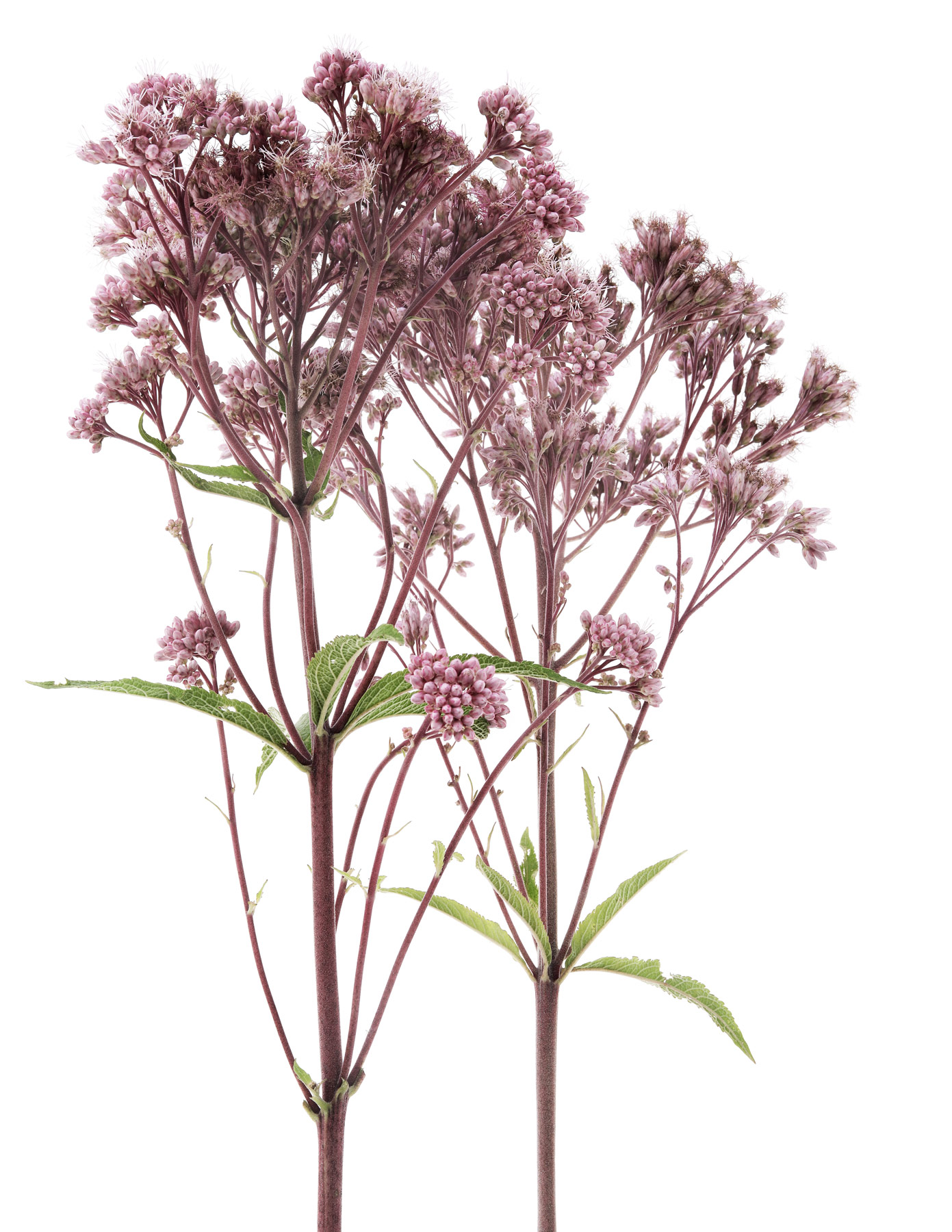
have i ever introduced you to Joseph Pye?
Merriam-Webster defines a weed as “a plant that is not valued where it is growing.” Ralph Waldo Emerson once said a weed is just “a plant whose virtues have not yet been discovered.” i like Emerson’s definition better.
joe-pye weed (Eutrochium/Eupatorium)
** rumor has it, that his plant is named after a Mohican chief and healer named Schauquethqueat who lived in the mission town of Stockbridge, Massachusetts from c. 1740 to c. 1785 and who took as his Christian name, Joseph Pye. he was famous for using the plant to treat typhoid fever in colonial settlers. his name is said to come from “jopai,” the native american word for typhoid.
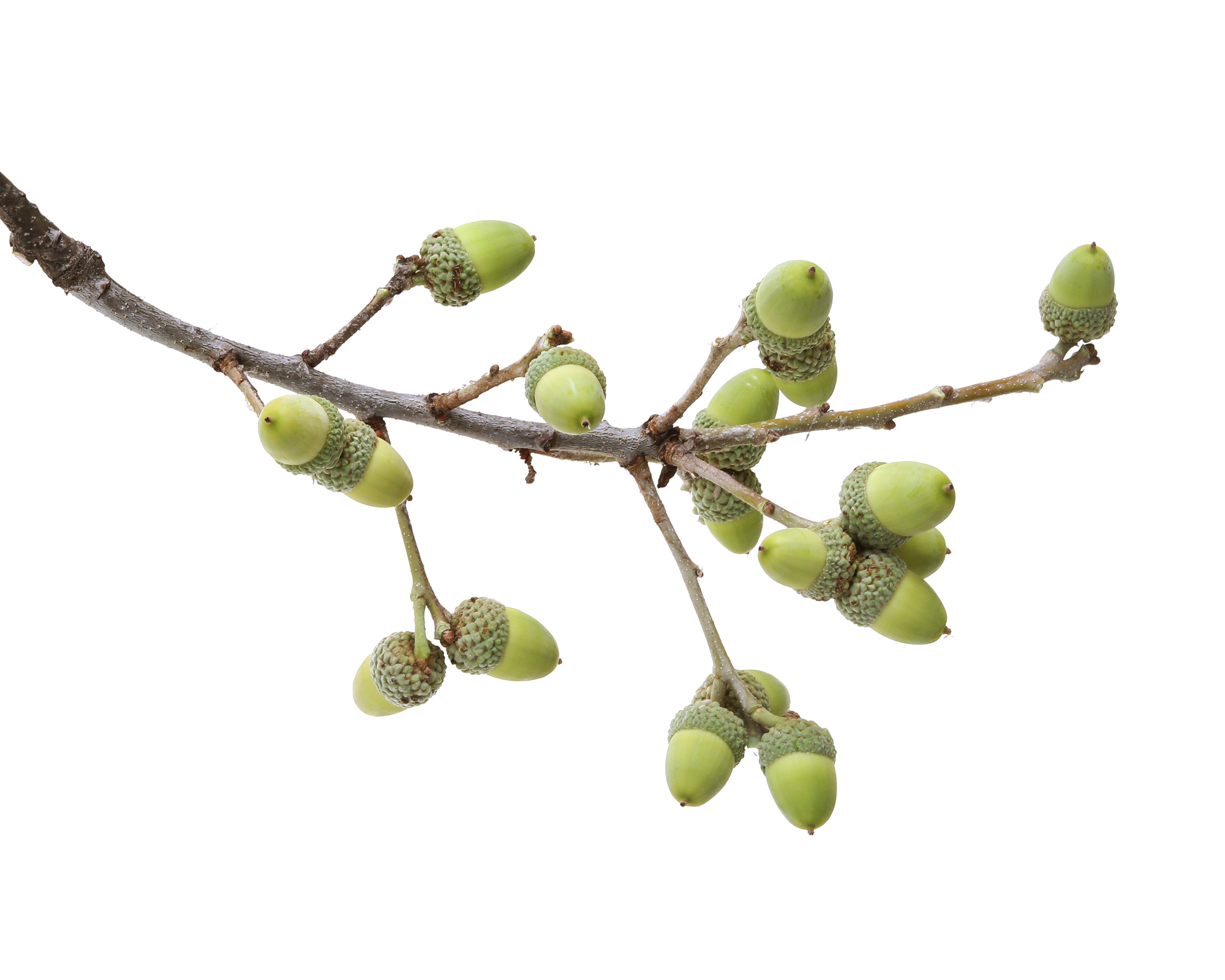
mysterious mast years
did you know that the oak trees of north america produce more nuts than any other tree region worldwide, cultivated or wild? yeah, that’s right; a single giant oak tree can produce nearly ten thousand acorns in a reproductive season. however, oak trees do not bear fruit every year and some acorns require up to 18 months to mature. when an oak produces a bumper crop, the year is botanically referred to as a ‘mast’ year. like many trees, oaks have irregular cycles of high and low yields. oak masting happens every 2- 5 years. scientists are uncertain as to the exact reason why oaks and other plants mast but there is a range of theories from climate temperatures and rainfall amounts to harsh summers affecting acorn production or the availability of spring winds during pollination. the specific causes remain a mystery. i love a good mystery, don’t you?
white oak acorns
-
Yes! Its good to have some mystery. In my area, western Maryland, Russian elms had a mast year and I’m pulling up seedlings by the 100s all over my gardens (and I don’t even have one of these trees, but the seeds are airborne).
reply
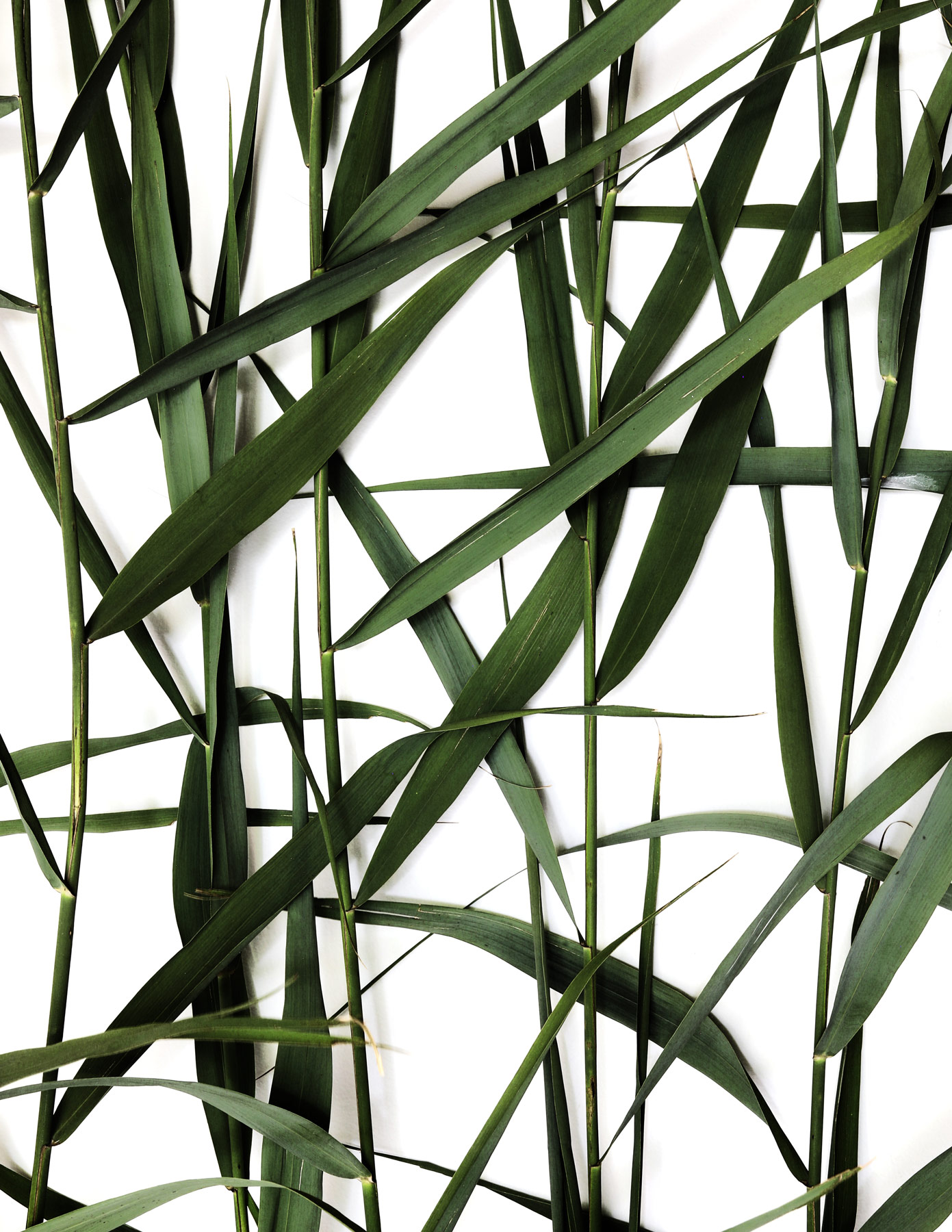
good intentions
pampas grasses are striking. you can’t not notice them. but as a STILL subject they are tricky. i usually wait for a white sky and then photograph them en plein air. but that means i really only get to photograph them in winter. this week i brought a bundle of them home to play with. i was hoping to lay them out in parallel lines on my white floors in order to make them look like a kind of ancient asemic writing. i was planning to get up on a ladder to get high enough to photograph them in their entirety. turns out, they just looked like a messy pile of stems and leaves. i was hoping the repetition in the leaf branching would look more intentional, and less chaotic. anyway, in the end, i decided this detail shot abstracted the subject enough to make it more interesting than the rows of stems.
pampas grass leaves
-
It is fun to concentrate on the negative spaces
reply
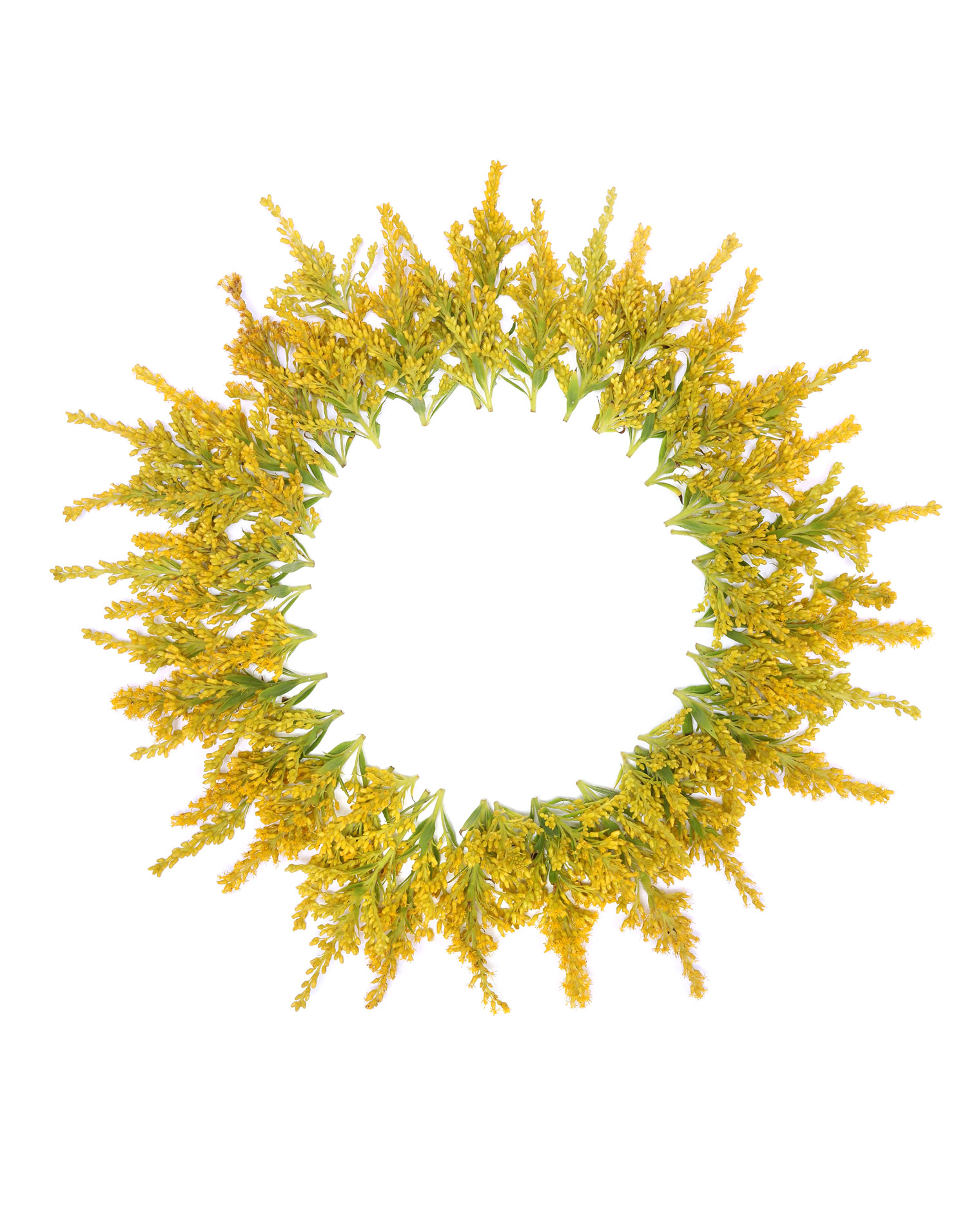
are you a populist or and elitist?
there is a naturalist i like to follow who lives up in duluth, minnesota named larry weber. larry thinks goldenrod should be the state flower of minnesota. the current state flower is the showy lady’s slipper. the showy lady’s slipper is exquisite and very rare, and most minnesotans only get to see them when canoeing or hiking in remote areas of northern minnesota. goldenrod, on the other hand, is ubiquitous and abundant. for the month of august, huge swaths of golden yellow goldenrod flowers will line every street in the state (that hasn’t been mowed). we have over 12 varieties of goldenrod. individually the flowers are not very striking, but in abundance the effect is quite stunning. in addition, these golden yellow mounds will literally hum with a profusion of insect life. so, do you agree with larry? are you a populist or and elitist?
goldenrod flower tips (Solidago)
-
Populist, for sure. Never could understand why the state flower was the snooty, rarely-seen Lady’s Slipper. That said, not sure I want a state flower that drives a portion of the population to antihistamines. When we first moved to Shoreview my wife and I were mesmerized by the abundance of Vicia villosa (Hairy Vetch). Not an orchid, but fields of it were breathtaking!
reply -
A state flower should be one that’s abundant, plentiful, and easily enjoyed by all a state’s citizens. I vote for goldenrod.
Maryland’s state flower is the black-eyed susan. Right now our highways and byways have gold shoulders. And my own garden is full of it, too.
Your wreath is so lovely! I always love your circular works.reply


